An achene fruit is a small, dry fruit that holds a single seed. The seed inside is not attached to the fruit’s outer covering, so it remains free within the fruit. Achene fruits are indehiscent, which simply means that they do not split open when they mature. They usually have a thin, papery outer layer.
Here are 12 examples with explanations of why they qualify as achene fruits.
1. Buttercup
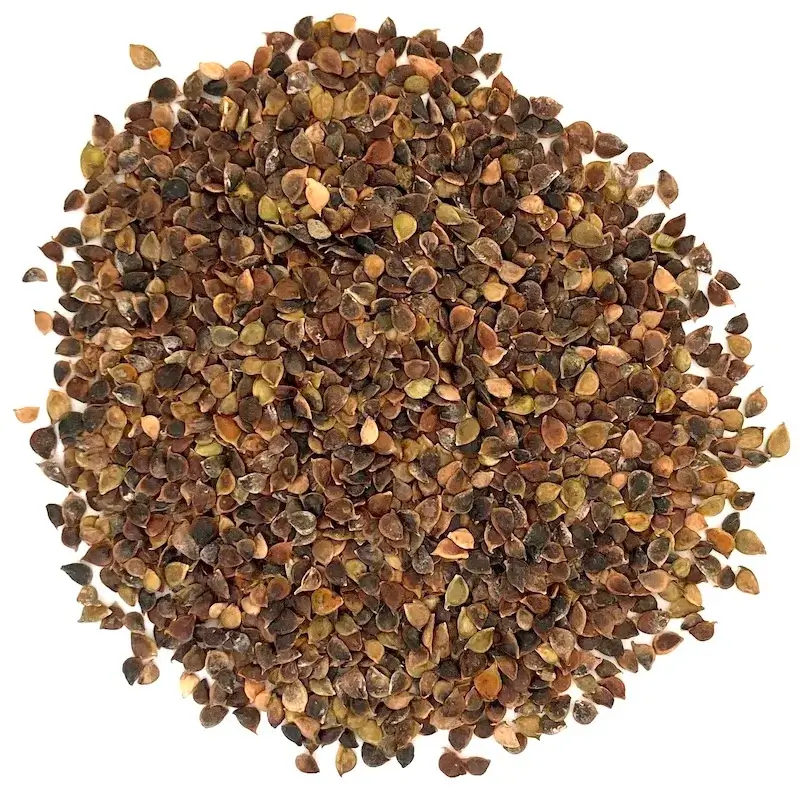
Buttercups produce small, dry fruits that don’t split open. Each shiny achene holds a single seed that is free from the thin outer wall. This helps the seed stay protected while being easily dispersed.
2. Buckwheat

Buckwheat “grains” are not true grains but achenes. Each fruit has a hard shell with a seed loose inside, typical of this fruit type.
3. Caraway
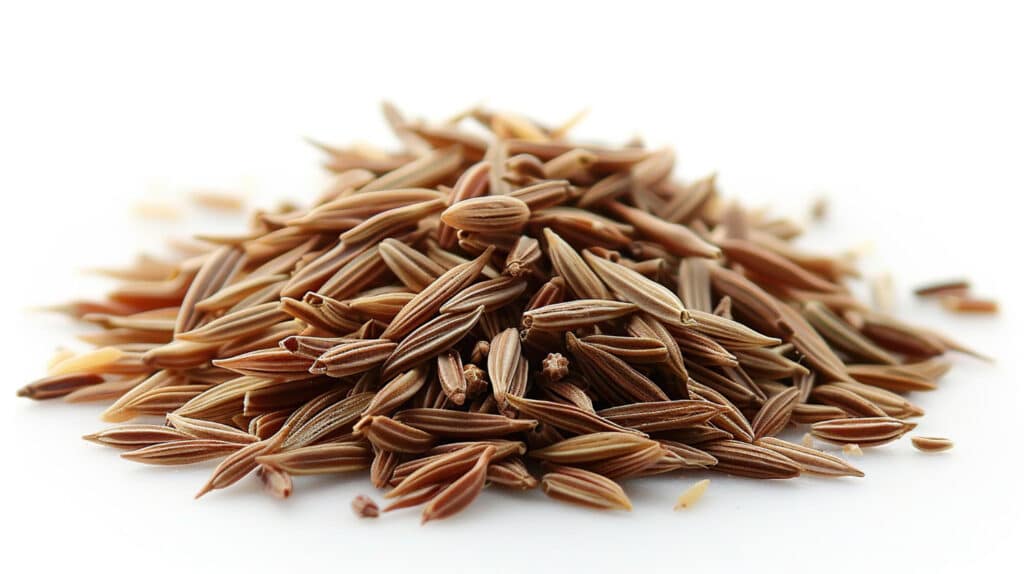
Caraway produces tiny, dry fruits often mistaken for seeds. These are actually achenes, with a single seed inside that isn’t attached to the outer coat. Their strong aroma comes from oils stored in the seed, making them popular in bread and pickling.
4. Quinoa
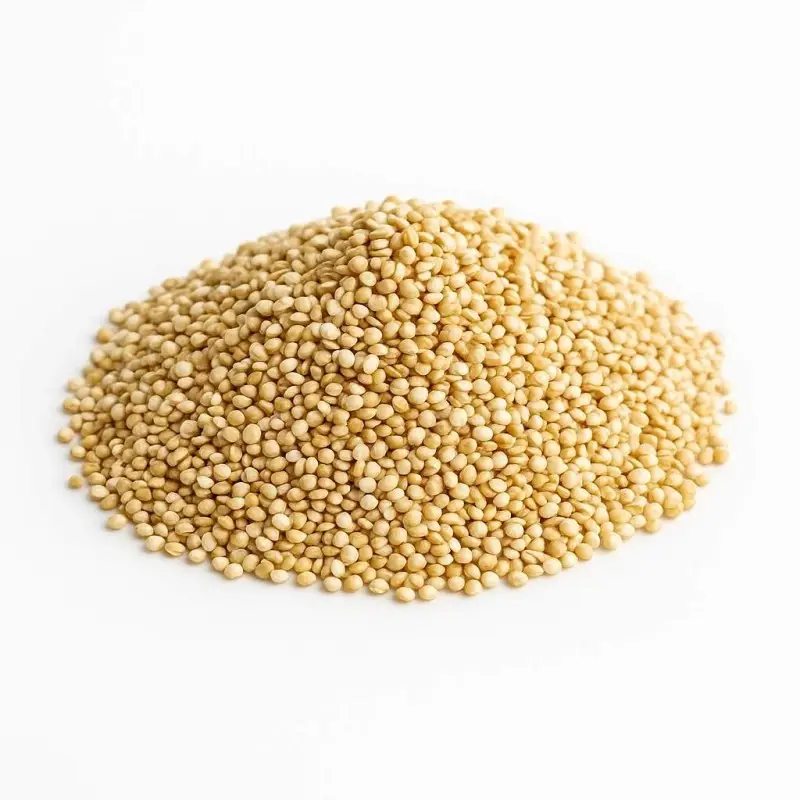
The small fruits of quinoa are achenes, though most people simply call them seeds. The thin fruit wall surrounds one free seed, which humans eat after removing the bitter coating called saponin.
5. Amaranth
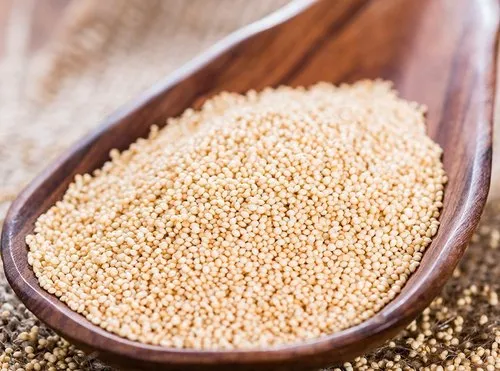
Amaranth fruits are tiny achenes, each enclosing one seed inside a papery coat. Because they don’t split open, the seeds stay safe until dispersed. People harvest these achenes for food, grinding them into flour or eating the seeds directly.
6. Cannabis
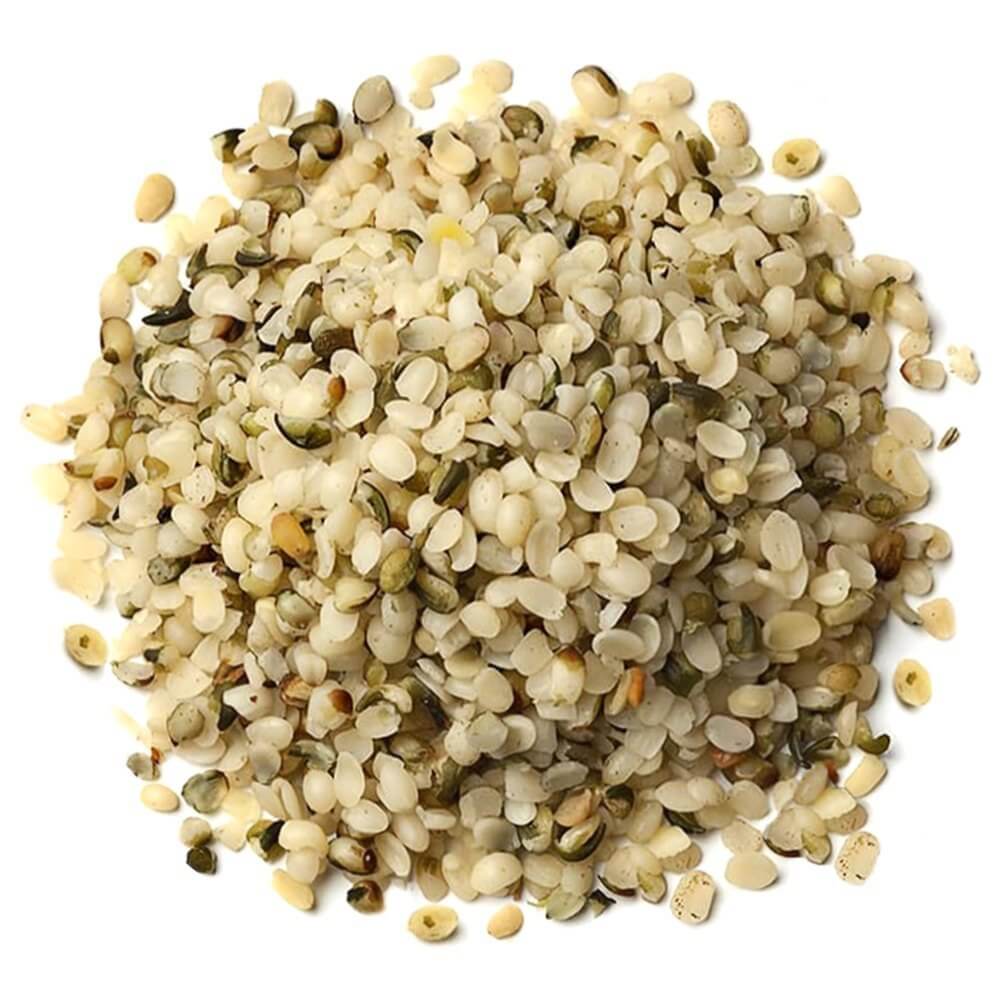
Cannabis produces small, dry fruits called achenes, often referred to as “seeds” in common use. The single seed inside is free from the surrounding coat, a hallmark of this fruit type.
7. Daisy
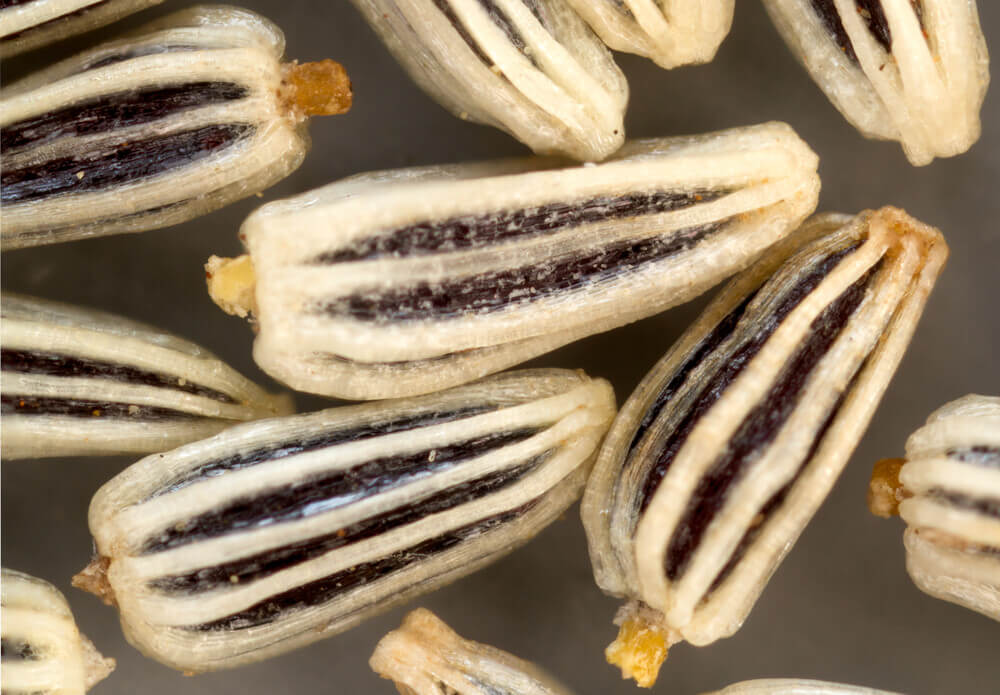
In daisies, the familiar yellow center is made of many small flowers, each producing an achene fruit. The single seed inside is kept separate from the thin outer coat, as is typical of this fruit type. Once the flower matures, each tiny achene can be carried away, often with a small scale-like structure that aids dispersal in nature.
8. Dandelion
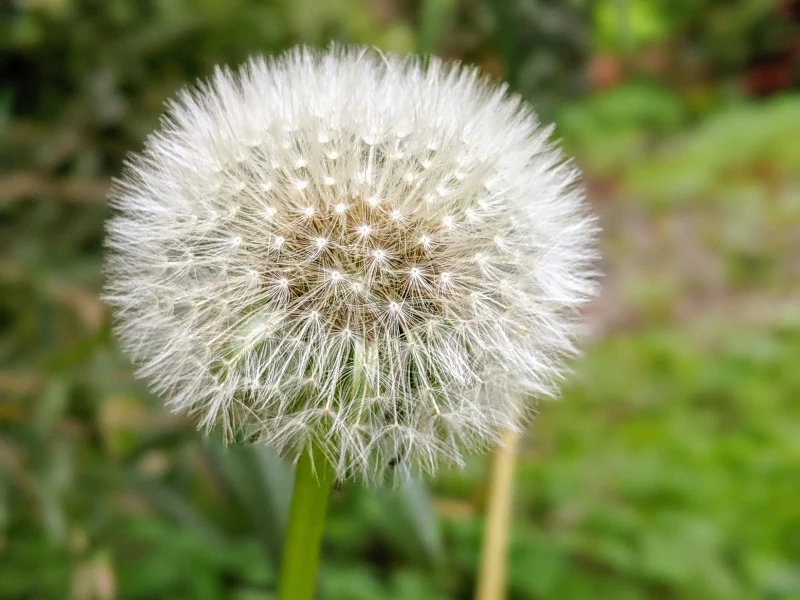
Dandelions are famous for their wind-dispersed achenes. Each fluffy “parachute” carries a single dry fruit with a free seed inside. The achene’s structure allows it to travel far from the parent plant, ensuring wide distribution. Children often blow on them for fun, but in nature, this clever design helps the plant colonize open spaces quickly and effectively.
9. Sunflowers
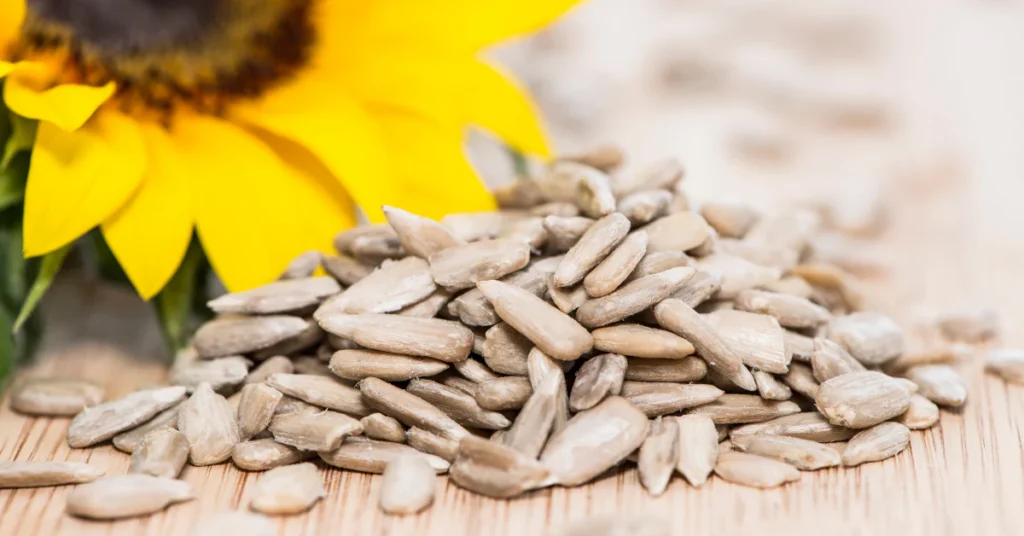
What people eat as sunflower “seeds” are actually achenes. The black-and-white shell is the fruit wall, while the true seed is inside and free from it. This achene structure protects the seed until cracked open, whether by people or animals.
10. Clematis
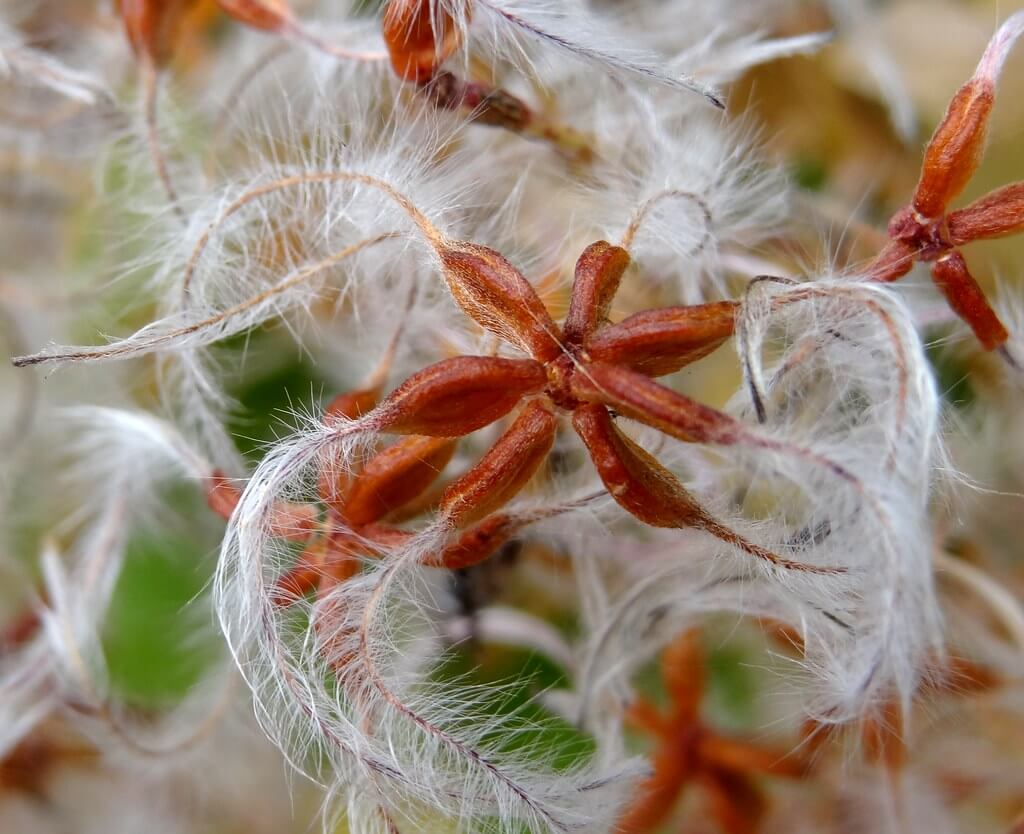
Clematis plants form feathery clusters of achenes. Each one holds a single seed and carries a long, hair-like extension that helps it float in the wind. This achene design is both protective and practical, letting clematis spread widely. Gardeners often notice the silky, swirling fruit heads, which highlight how these achenes are adapted for both survival and beauty.
11. Marigold

Marigolds produce slender, stick-like achenes that contain just one seed each. The dry fruit wall keeps the seed safe until conditions are right for growth. Because the seed is free inside the coat, marigolds fit perfectly into the achene group.
12. Sedge
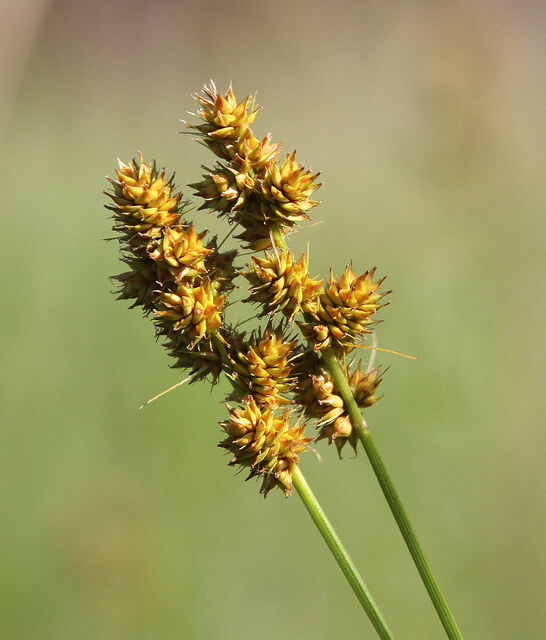
Sedges form small, dry fruits called achenes, usually with a triangular shape. Inside, one seed rests freely within the thin, protective coat. This fruit design is simple yet effective, allowing sedges to spread across wetlands and grasslands. Their achene fruits are a key reason why sedges are so successful, ensuring reproduction even in tough and waterlogged environments.
